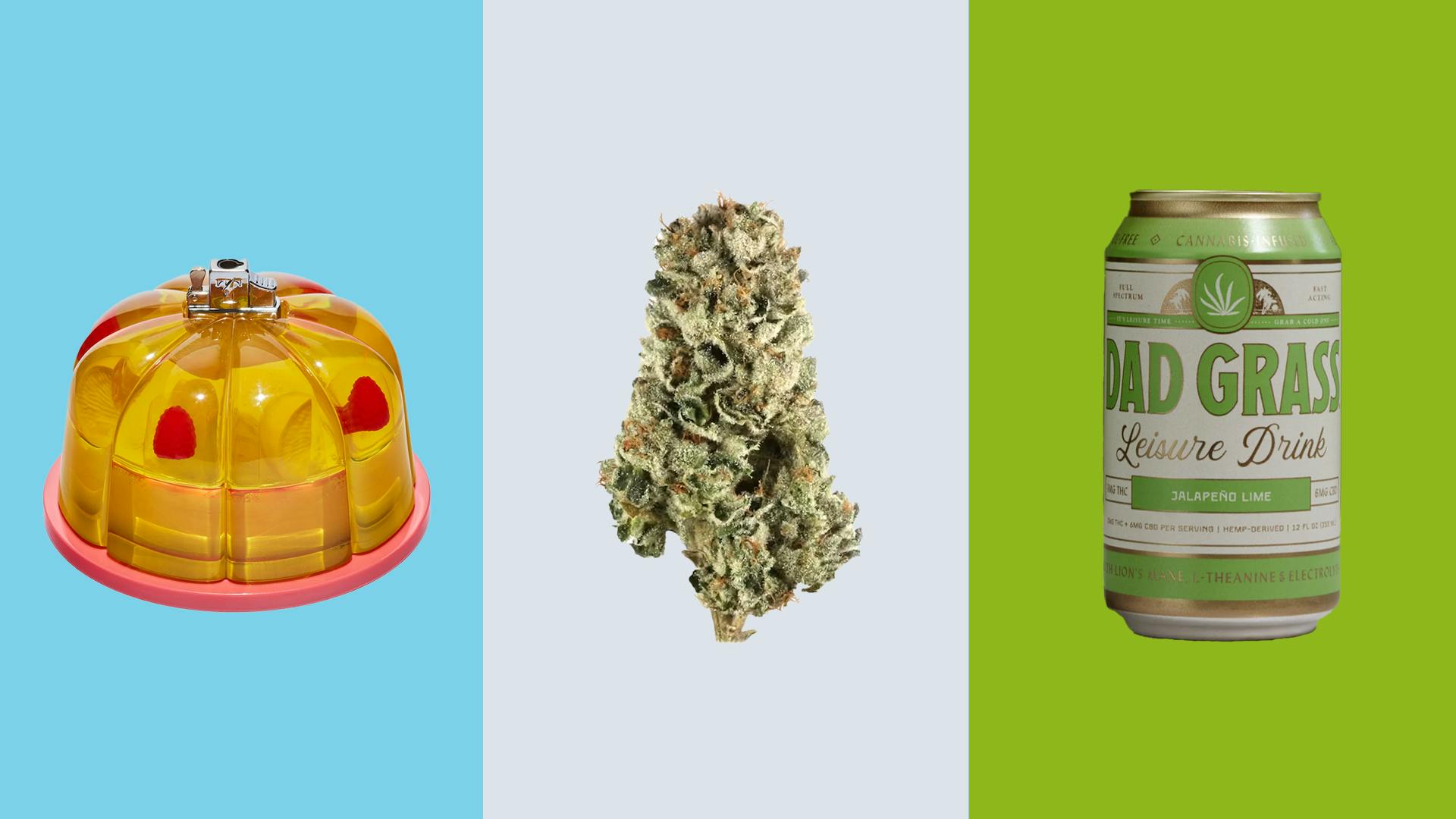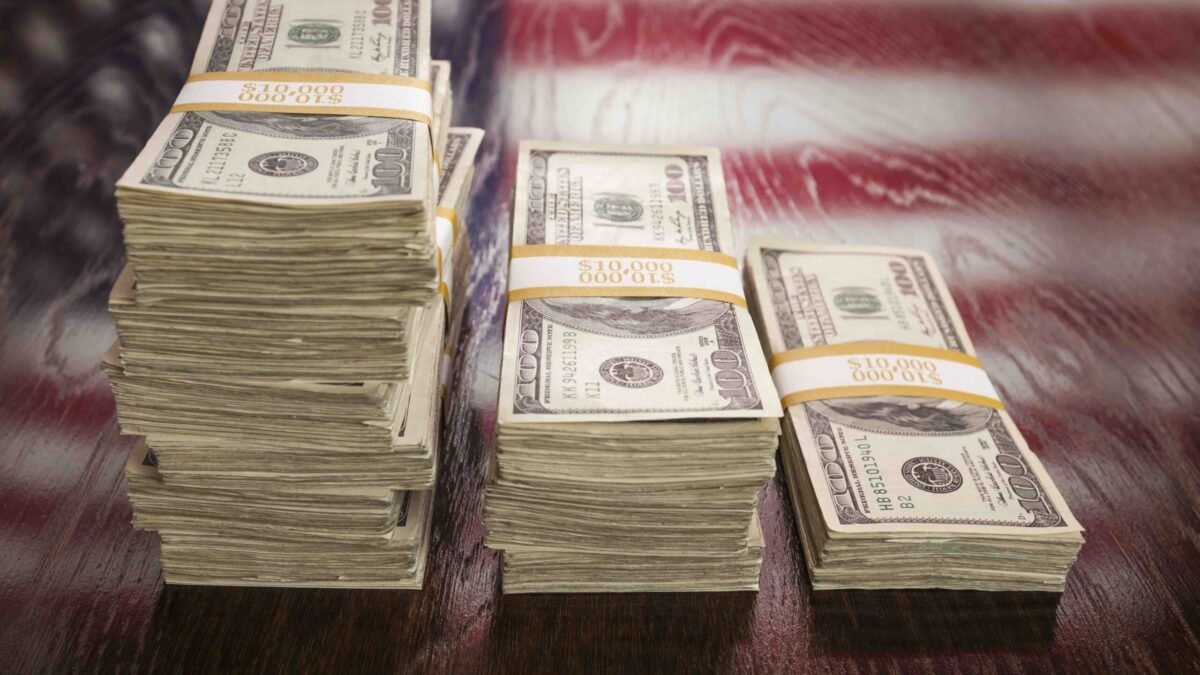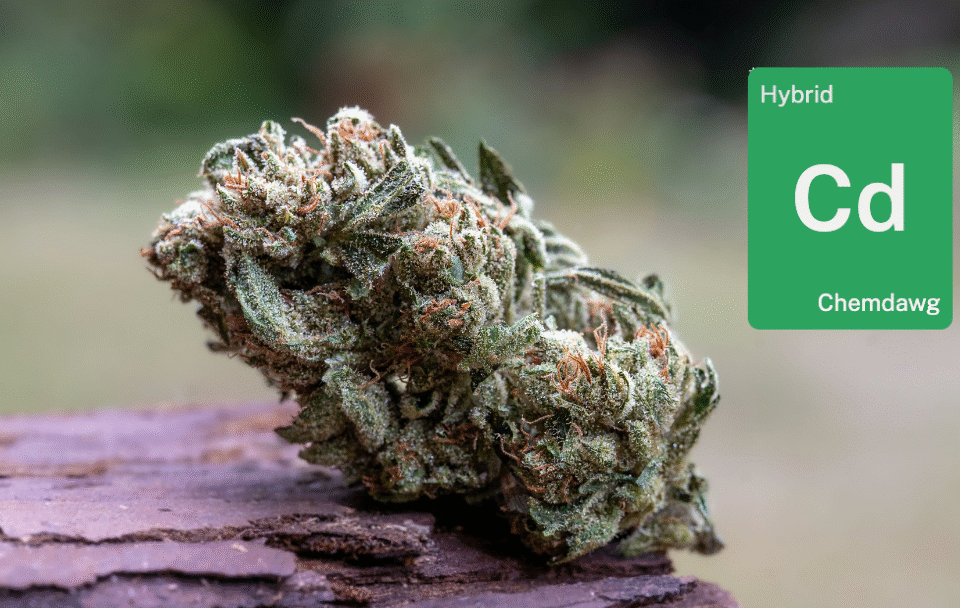From your favorite vape pen to the sleek packaging that keeps cannabis fresh, many cannabis products rely heavily on imported supplies. Recent changes to U.S. import tariffs, particularly on goods from China and other key trade partners, have started to send ripples through the cannabis market.
If you’ve noticed prices creeping upward at your local dispensary, you’re not imagining things. Here’s what’s happening behind the scenes—and what consumers can expect in the coming months.
Why tariffs matter to the cannabis industry
While cannabis itself is grown domestically due to federal laws, much of the hardware and packaging that supports the growing industry comes from overseas. Cartridges, batteries, vape hardware, and even child-resistant containers are primarily imported from China, Malaysia, and other Asian manufacturing hubs.
Tariffs—essentially taxes imposed on imported goods—are intended to encourage local manufacturing by making foreign goods pricier. Recently, tariffs on certain Chinese imports were as high as 145%, but they have now been significantly reduced to 30%. This is still affecting cannabis companies that rely on these components.

Image Not Found
8 best weed vaporizers for flower
Jake Rosendale
May 9, 2022
Vape hardware takes the biggest hit
One cannabis sector feeling the tariffs more than others is vape hardware. Vape pens, batteries, cartridges, and heating elements are mostly produced in China. Despite the recent tariff reduction to 30%, many companies have inventory purchased at previously higher tariff rates, causing elevated prices to persist.
Cannabis brands now face a tough decision: absorb the increased costs or pass them to consumers. While some larger brands can temporarily absorb these additional expenses, many smaller companies don’t have the financial flexibility. Consumers will likely see continued higher prices for vape products until at least late summer.
Packaging pinch
It’s not just vape hardware feeling the tariff squeeze. Packaging supplies, from glass jars to pre-roll tubes, have also seen price hikes. Packaging is heavily regulated in the cannabis industry, requiring child-resistant features and precise labeling to ensure compliance and safety. These specialized packaging products have traditionally been sourced abroad due to lower costs and readily available options.
Even with reduced tariffs, shifting to U.S.-based production presents challenges. Currently, U.S. manufacturers often lack the scale, speed, and regulatory expertise needed to quickly replace overseas suppliers. Cannabis companies continue facing uncertainty and increasing costs while exploring new domestic partnerships.

Image Not Found
Product Picks for this Memorial Day Weekend
Impact on cultivation and seeds
Though cannabis seeds themselves are typically sourced domestically, growers aren’t immune to tariff impacts. Essential cultivation equipment like lighting, irrigation systems, and climate control technology are predominantly imported. Increased tariffs make these critical components more expensive, ultimately raising cultivation costs.
Shop highly rated dispensaries near you
Showing you dispensaries near
While the immediate impact on seed pricing is minimal, the broader rise in cultivation expenses could indirectly lead to slight price increases in seeds and cannabis flower over time.
Will consumers turn to illicit markets?
One unintended consequence of sustained higher prices due to tariff uncertainty could be consumers drifting toward illicit markets. Legal cannabis is already taxed heavily, and further price increases might push cost-conscious shoppers to unregulated suppliers.
Strategies cannabis businesses are using to adapt
Cannabis companies are actively diversifying their supply chains, shifting production from China to countries like Malaysia, Indonesia, or exploring domestic manufacturing. Businesses that successfully transitioned certain packaging products to domestic production are seeing shorter shipping times and improved responsiveness, despite initial higher costs. The recent tariff reduction to 30% provides some breathing room but uncertainty remains.
What consumers can do in response
As cannabis consumers, staying informed is essential. Monitor dispensary menus for price fluctuations. If vape products become pricier, consider alternative methods or products less impacted by tariffs, like flower or edibles. Dispensaries might offer promotions or bundle products to offset price hikes, so frequent buyers could benefit from loyalty programs or bulk purchases.
Long-term outlook
Though recent tariff reductions offer immediate relief, underlying uncertainty continues to challenge cannabis businesses. Over time, diversified sourcing strategies and increased domestic production will improve supply chain resilience, ultimately creating a stronger, more stable cannabis market less dependent on imports.
Adapting alongside industry shifts will help consumers maintain an enjoyable and affordable cannabis experience in an evolving market.






